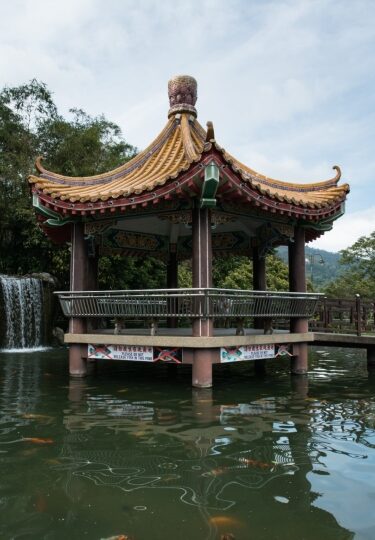With phenomenal street food, a burgeoning arts scene, jungle-covered hills, and sandy beaches, there are plenty of things to do in Penang.
Start your journey in George Town, a jewel of a port town and a UNESCO World Heritage Site. While this former British stronghold retains its history charm, it is very much full of life and contemporary culture. These days, the pastel, colonial-era buildings are covered in murals by renowned street artists.
Penang also happens to be one of the best places to dine just about anywhere. The island’s street hawkers are the stuff of legend, often featuring recipes passed down through generations. Penang’s history as something of a melting pot also means that you’ll find Indian, Malay, and Chinese dishes all represented here. From luscious laksa with prawns to nasi kandar, or rice with assorted curries, there’s an almost overwhelming number of delicious options.
Visit the Kek Lok Si Temple
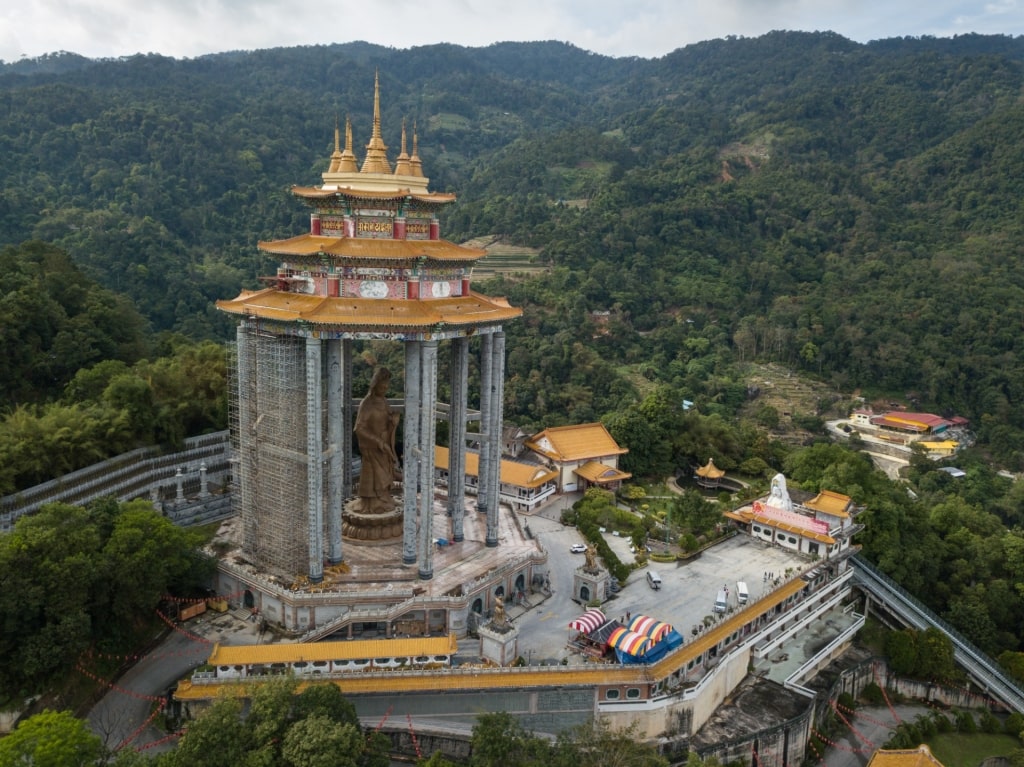
Kek Lok Si Temple
Often considered one of the most beautiful Buddhist places of worship in all of Southeast Asia, Kek Lok Si Temple is located in George Town at the base of the Air Itam mountain. Originally constructed in 1891, the temple complex sprawls over 30 acres. It’s both an important religious pilgrimage site and home to many of Penang’s festivals.
There’s much to see here, from the seven-story main pagoda to the towering bronze statue of the goddess of mercy, Guanyin. Roughly 10,000 Buddha statues, along with depictions of the animal signs of the Chinese zodiac, can be spotted throughout the premises. Architecture buffs will note that the temple combines Burmese, Thai, and Chinese stylistic elements.
Marvel at the Penang Butterfly Farm
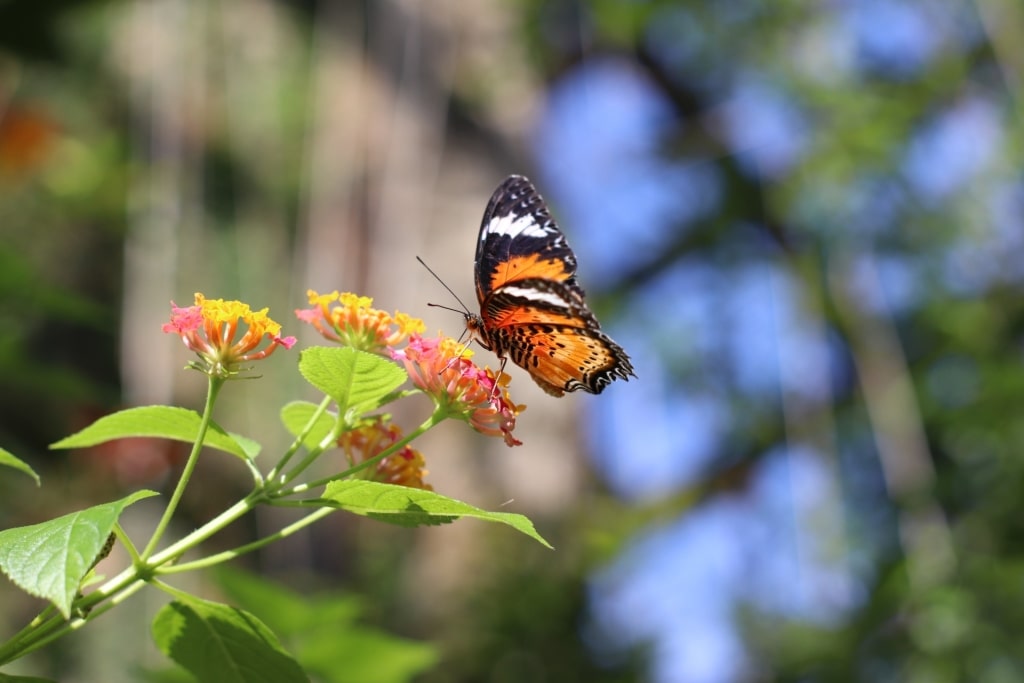
Penang Butterfly Farm
There are regular butterfly farms and then there’s Entopia by Penang Butterfly Farm, which easily ranks among the most impressive in the world. This immense complex is home to roughly 15,000 species of butterflies and dragonflies, many of them rare. Ever since it opened in 1986, it’s been one of the most popular attractions on the island.
Especially for families, the indoor gardens make for a wonderful way to spend an afternoon. And while it may require a bus ride from George Town, it’s easy to make a day trip out of your visit. The butterfly farm is right near Batu Ferringhi, one of the more popular beaches on the island, making it easy to combine the two spots.
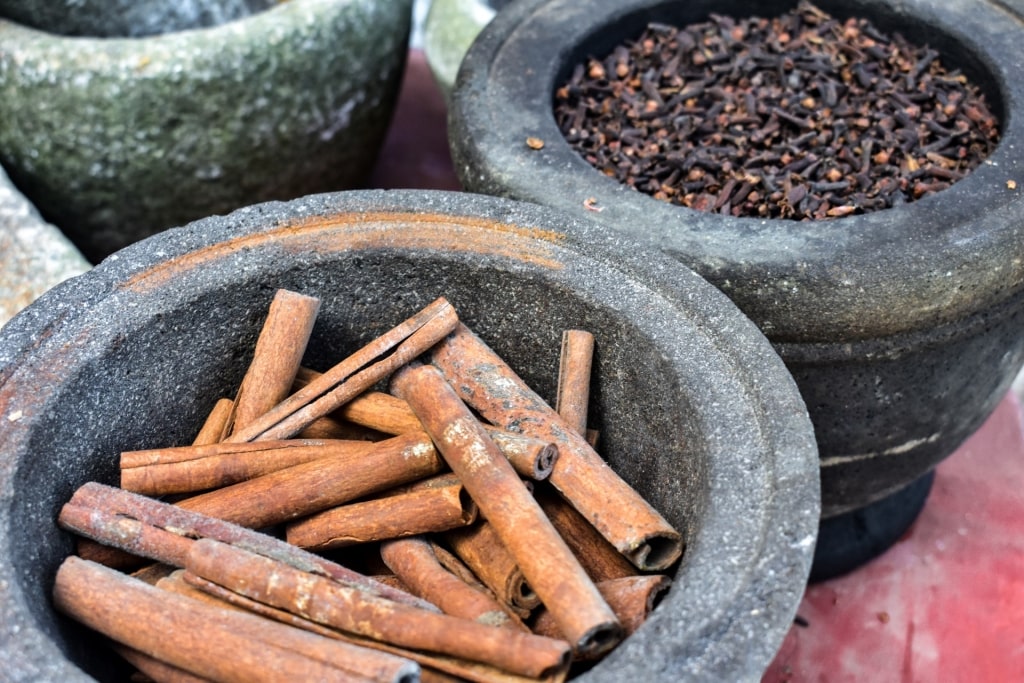
Tropical Spice Garden
Should you find yourself with a little bit of extra time, the Tropical Spice Garden nearby is arguably one of the island’s most underrated attractions. Take a cooking class or stroll through the gardens with hundreds of plants, many of them edible.
Parents with kids in tow, meanwhile, may prefer to check out the ESCAPE theme park that also happens to be nearby. An afternoon of rides and waterslides can be a great way to break up sightseeing.
Sip Coffee in a Kopitiam
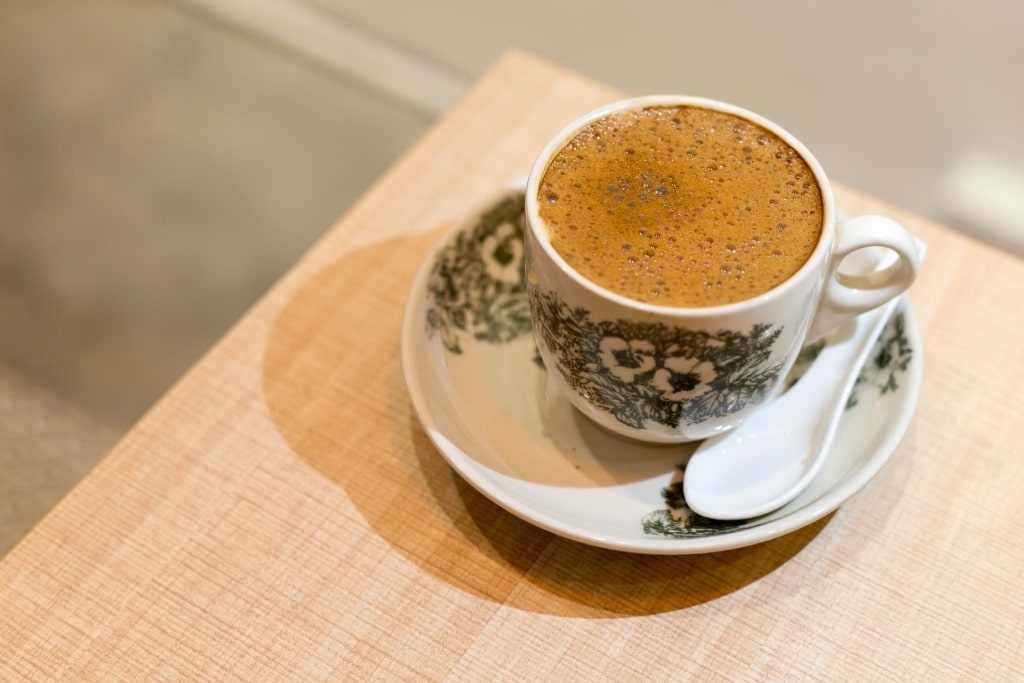
Coffee
Coffee culture in Penang hits different. Creeping gentrification in George Town means that Western-style third-wave coffee shops are slowly on the rise here. Nevertheless, George Town’s old-school kopitiams are still going strong and well worth seeking out. The name is derived from a combination of Malay and Hokkien, which speaks to Penang’s history.
Order a classic white coffee, a slightly paler brew made by roasting the coffee beans with margarine. It pairs perfectly with kaya toast, an indulgent breakfast treat popular in Malaysia and Singapore. This comforting staple consists of two thick-cut slices of white toast, generously buttered, then slathered in a coconut jam perfumed with pandan.
Learn About the Baba-Nyonya at the Pinang Peranakan Mansion
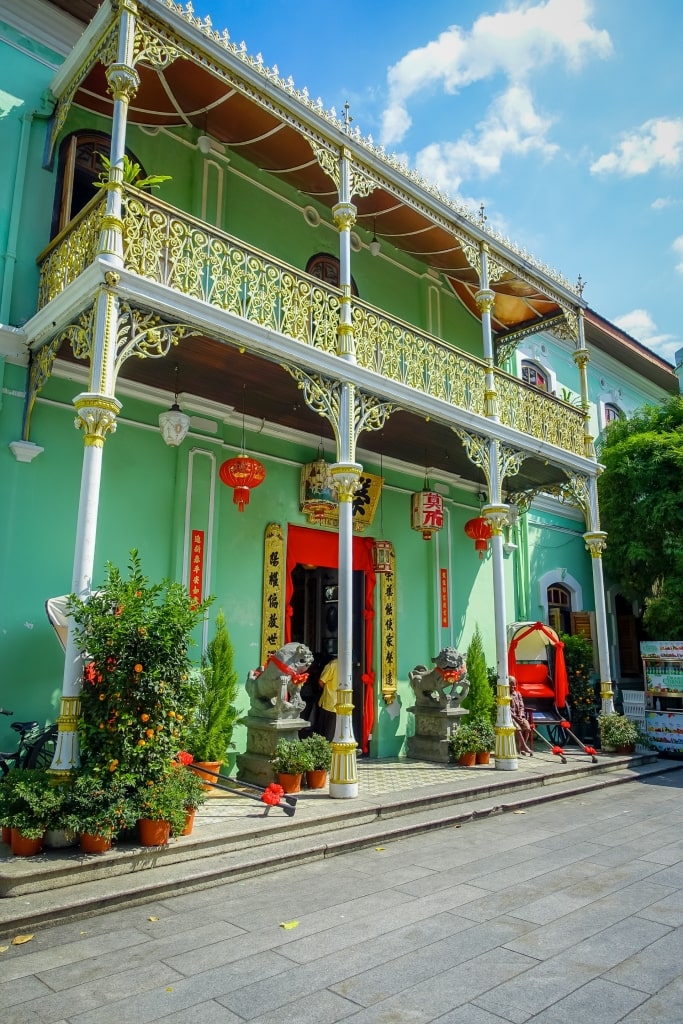
Pinang Peranakan Mansion
Whether you call them Straits Chinese, Peranakans, or Baba-Nyonya, this prosperous group of merchants and traders had an outsized influence on this part of the world. Evidence of Baba culture can be seen from Malacca to Phuket, Singapore to Penang.
Although the Peranakans originally hailed from China, they developed their own highly distinct customs. Their traditions are a mix of Malay customs and colonial British influences. Today, many locals in Penang are still of Peranakan descent.
Their cuisine, often referred to as Nyonya here, is still beloved on the island. Expect bold flavors like torch ginger, fresh galangal, tart tamarind, and fragrant pandan in dishes that combine Chinese and Malay ingredients.
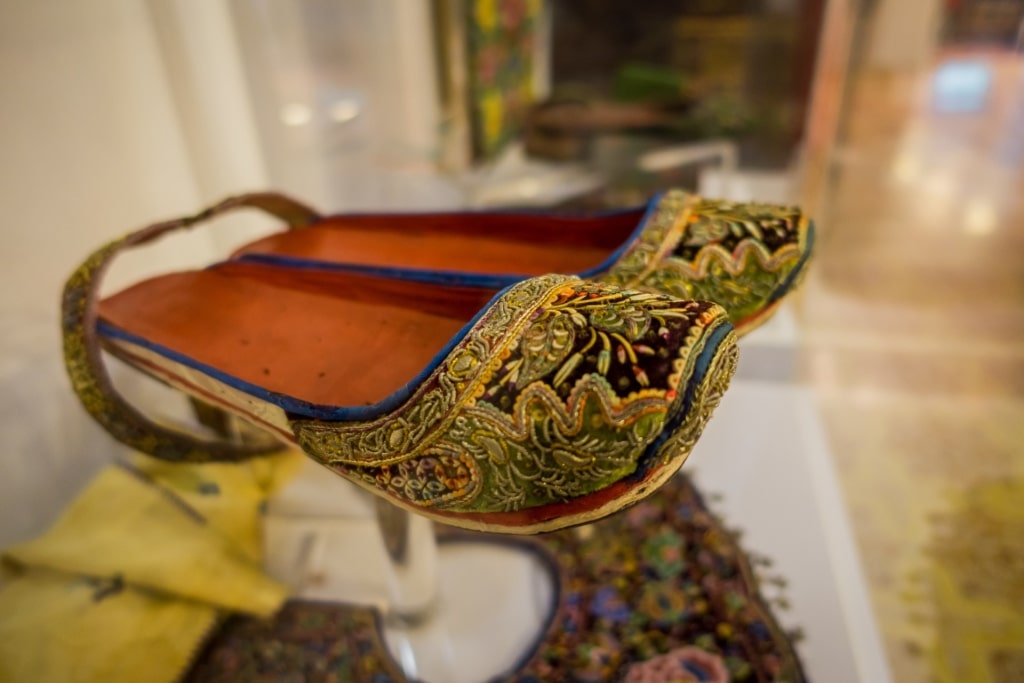
Pinang Peranakan Mansion
The Peranakans had a real love of craftsmanship. Wealthy members of the society were known for their lavishly decorated homes filled with ornate antiques. The Pinang Peranakan Mansion is an exceptionally preserved example of one such house.
The space is home to more than 1,000 meticulously maintained antiques. It’s worth noting that photography and videography are strictly prohibited within the mansion. Nevertheless, the space is such a feast for the eyes that it’s well worth a visit; this really is one of the best things to do in Penang.
Feast on Hawker Food
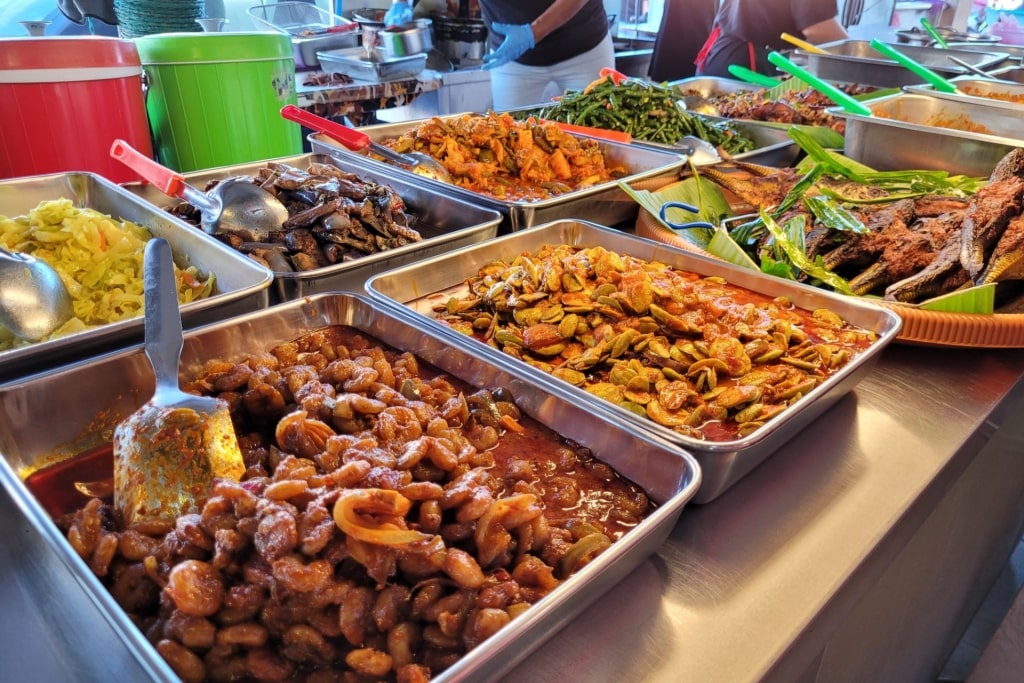
Hawker food
As locals will proudly tell you, Penang has arguably one of the greatest street food scenes in Southeast Asia, if not the world. While some countries in the region have cracked down on hawkers in recent years, that is thankfully not the case here. Penang’s distinctive hawker culture is respected as an essential piece of the island’s heritage.
The street food scene in George Town is a mirror of the cultural diversity of the island itself. Expect to see a mix of Malay, Indian, Peranakan, and Hokkien dishes, some of which are virtually impossible to find away from this island. Street food vendors start serving before dawn and often carry on well past sunset, although offerings may vary at different times of day.
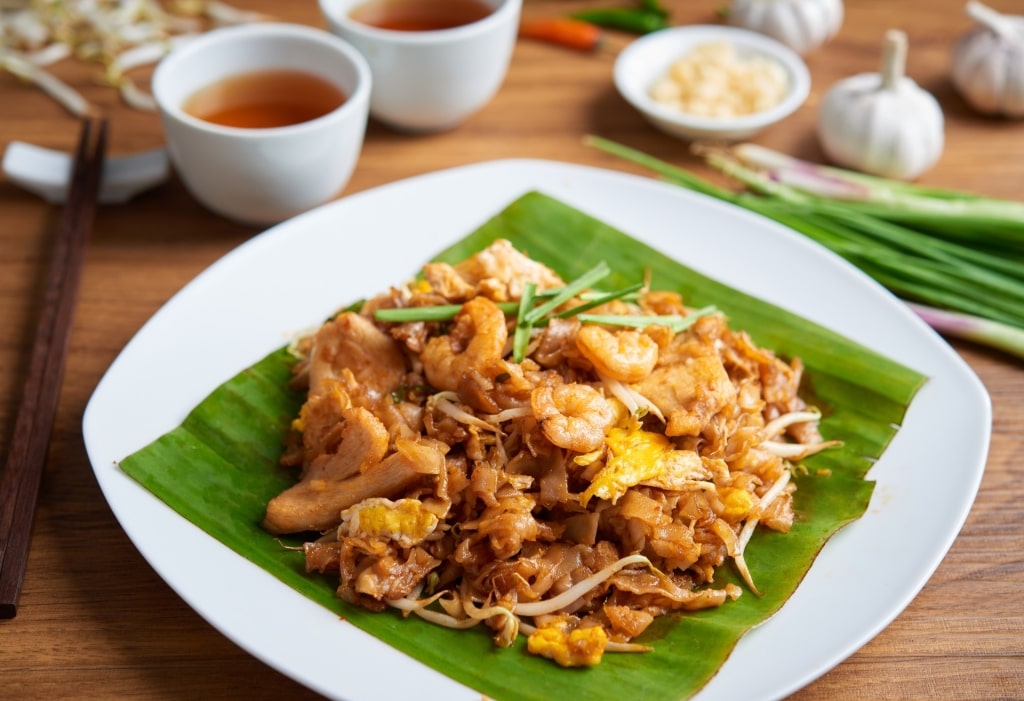
Char kway teow
Char kway teow is perhaps the single Southeast Asian dish most synonymous with Malaysian street food. This wok-fried dish is made with chewy rice noodles stir-fried with eggs and bean sprouts. The dish, which has southern Chinese roots, gets much of its flavor from dark and light soy sauce. Chinese sweet sausage, blood cockles, fishcakes, and other seafood are common additions.
Hokkien mee is another popular dish in Penang that visiting gourmands will want to try. Versions of this dish of southern Chinese origin can be found in Malaysia, Singapore, and Indonesia. Each region has its own distinct spin on this yellow egg noodle dish.
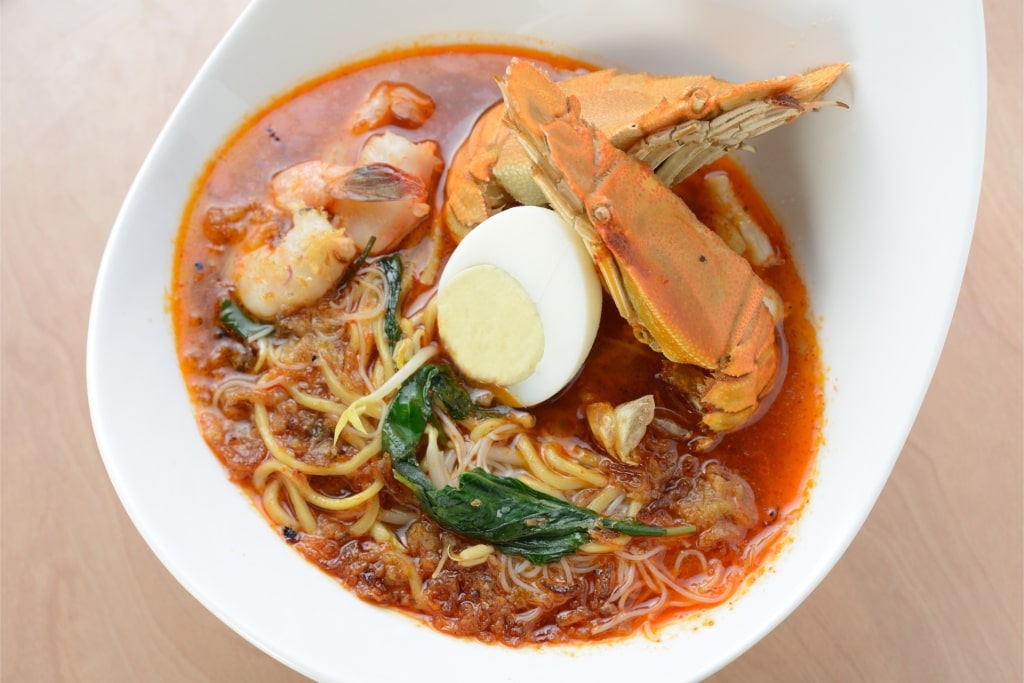
Hokkien mee
Penang Hokkien mee is particularly famous—and with good reason. Here, the noodles swim in a rich broth made with pork bones and prawn shells. Crunchy pork cracklings, fish cakes, sliced roast pork, and often a hard-boiled egg are often added. In some more opulent renditions, whole, head-on jumbo prawns crown the bowl.
Embark on a Street Art Walking Tour
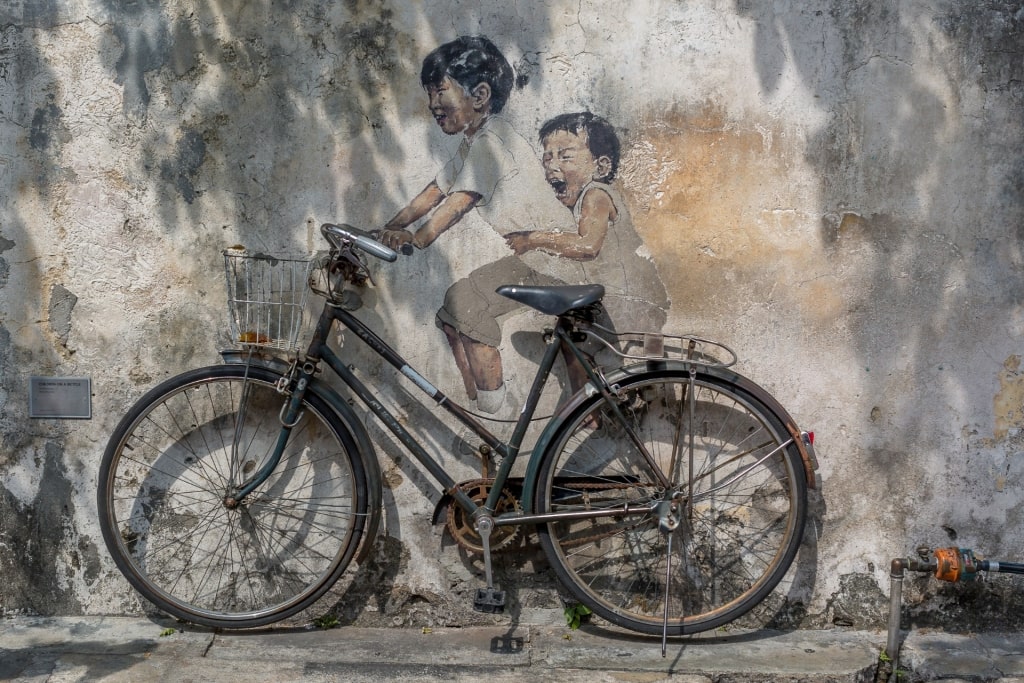
George Town
Not only is George Town’s entire historic center a UNESCO World Heritage Site, but it’s also a living gallery that makes it one of the best places to visit in Southeast Asia. It all started in 2012, when Ernest Zacharevic, a Lithuanian artist living in Penang Town painted six murals around town. The original murals were a commission for the George Town Festival. Each depicts life-like figures who look at though they might step off the wall at any moment.
The murals were an immediate hit on social media, particularly on the then-newly popular platform of Instagram. Dozens of other works by international and local artists have since joined them, using the crumbling colonial-era building walls as a canvas.
A number of organizations and guides offer street art tours here. With a guidebook or online map, however, travelers can also just as easily design their own walking tour.
Peruse the Shops of Little India
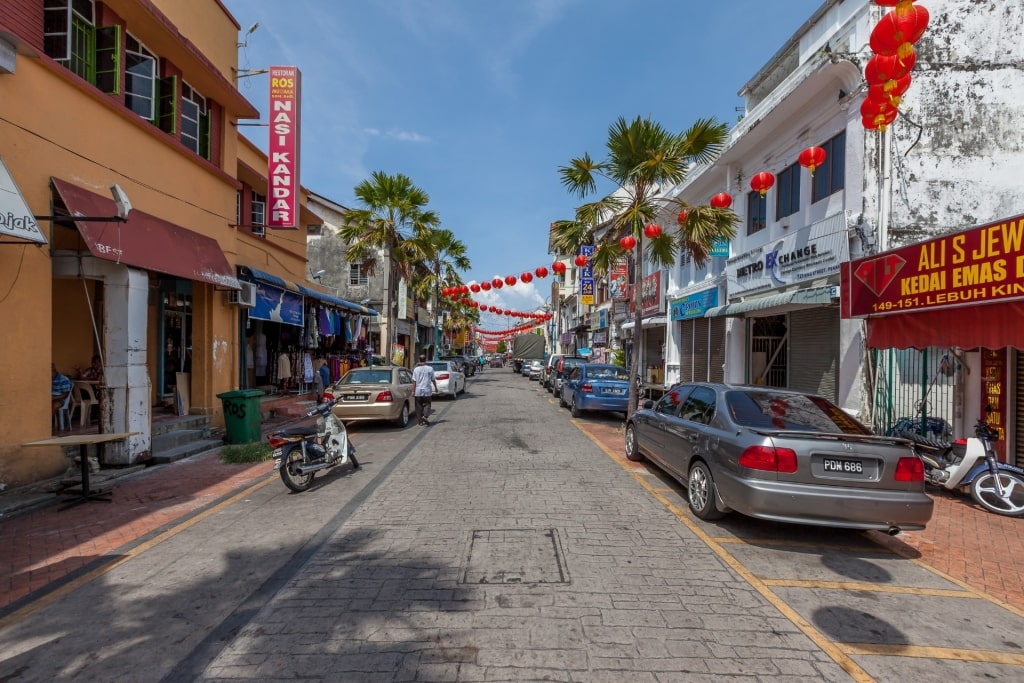
Little India
Penang’s Indian diaspora is a direct result of British colonialism, during which laborers were brought over from the subcontinent to Malaysia. Today, locals are proud of the island’s diverse, multicultural makeup.
As you wander through the streets towards the Sri Mahamariamman Temple, George Town’s oldest Hindu temple, it’s impossible to miss the sound of Bollywood tunes in the air. Little India, an ethnic enclave in the heart of town, packs a lot into a few blocks.
Expect to see reams of colorful fabrics and gorgeously embroidered sarees for sale. It’s a wonderful place to pick up jewelry or garments to take home.
Aside from the shopping, one of the main reasons to visit Little India is for the food. Crunchy, freshly fried samosas and pakoras are perfect to grab and go. For those craving something sweet, one of the many shops selling jalebi, gulab jamun, and barfi should satisfy.
Tour Fort Cornwallis
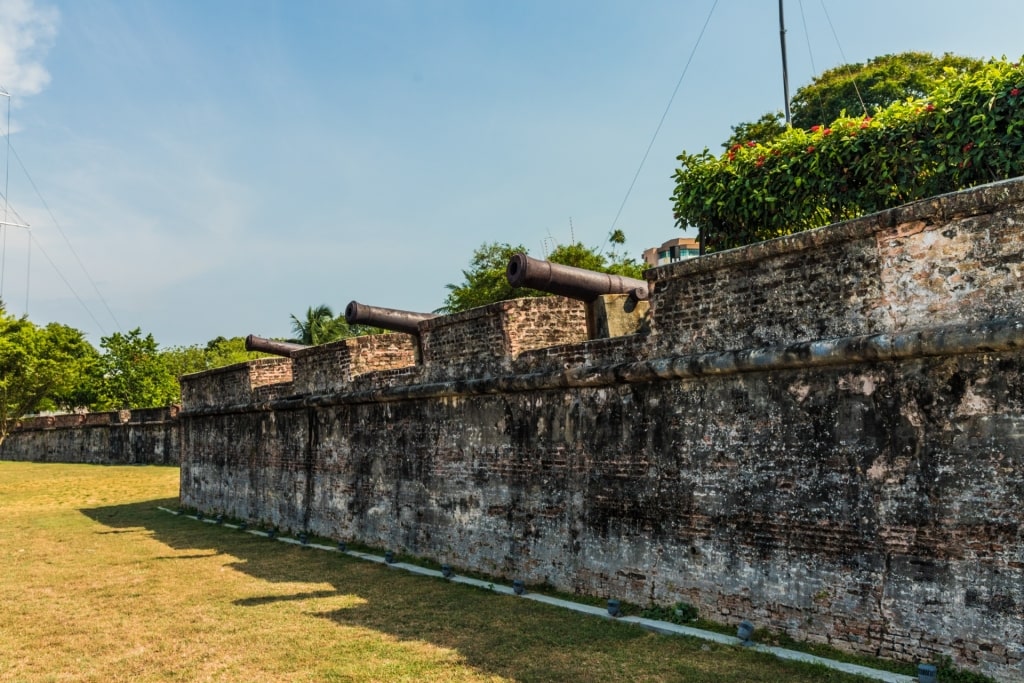
Fort Cornwallis
Known in Malay as Kota Cornwallis, this 18th-century fort is a well-preserved example of British colonial-era architecture. The star-shaped fort was constructed on the site where Captain Francis Light first seized control of the island. It was once a stronghold of the British East India Company, a powerful force in Southeast Asia, and intended to protect against pirates.
The fort contains a number of noticeable sites, including the second-oldest lighthouse in Malaysia. It’s also home to Seri Rambai, a massive cannon originally cast in 1603 as a present from the Dutch East India Company to the Sultan of Johore.
See the Jubilee Clock Tower
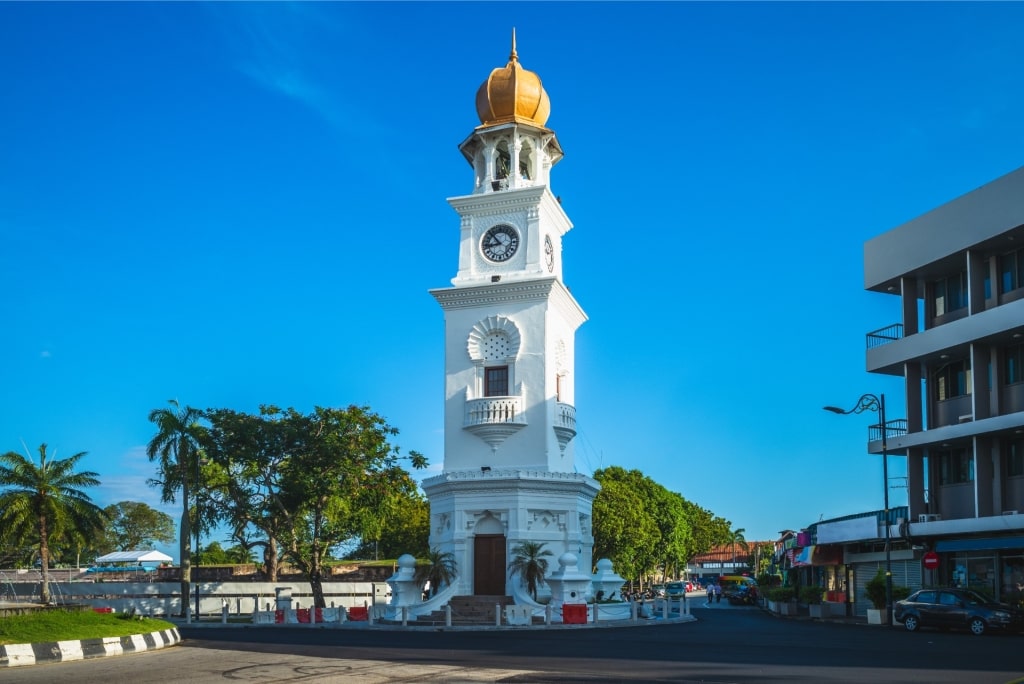
Jubilee Clock Tower
The Queen Victoria Memorial Clock Tower, as it’s officially known, is easily one of the most recognizable historic landmarks in George Town. As such, it’s almost inevitable that your visit will include at least a brief stop by this monument. Its most striking element has nothing to do with its original architectural design. During World War II, the tower was damaged by bombings. Although the tower itself was repaired, it still leans slightly to one side.
Curiously, although it’s dedicated to the late Queen Victoria, the British monarch never personally saw it. Cheah Chen Eok, an affluent local, commissioned the tower as a way of currying favor with the ruling British colonists at the time. To that end, he spared no expense—opal glass covers the face of the clock and all five bells were imported from Europe.
Cool Off with Dessert
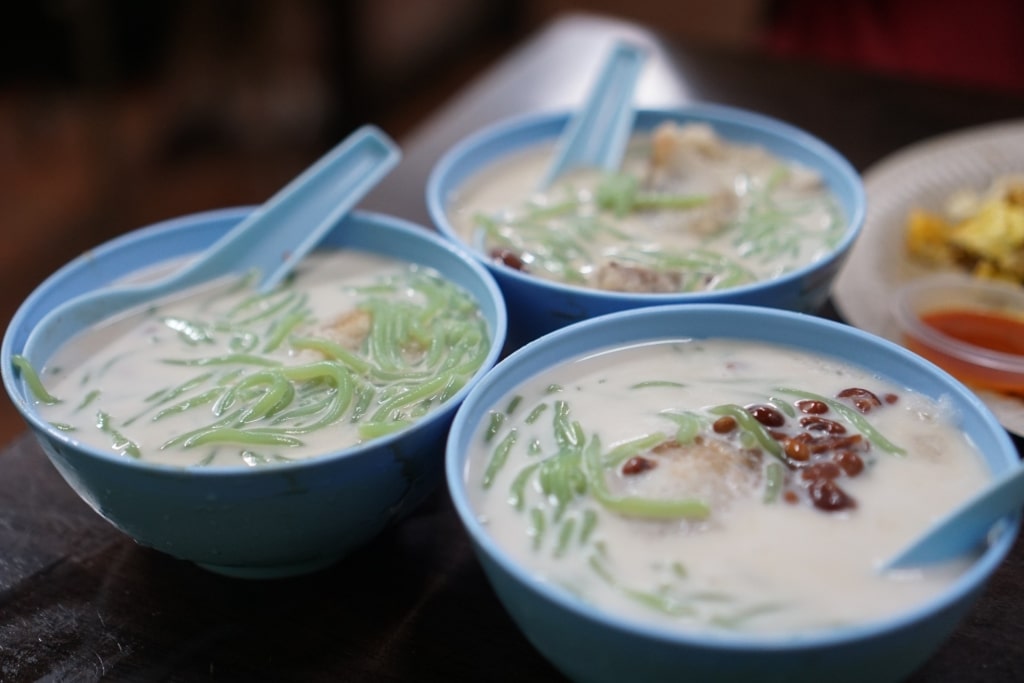
Cendol
When it comes to ways to beat the afternoon heat here, nothing can top cendol, one of Malaysia’s favorite sweets. To the uninitiated, this popular dessert, which is sometimes spelled chendul, resembles a tangle of green noodles swimming in soup.
Those delicate squiggles are actually rice flour jelly colored and flavored with pandan. They float in a rich, chilled coconut broth with palm sugar syrup. Everything from sweet red beans to durian to shaved ice may be added to the mixture.
Although a number of places in Penang offer this treat, Penang Road Famous Teochew Chendul is indeed the most famous. The family-owned institution has been around for the better part of a century. Since this place is something of an institution, expect to wait in line.
Explore the Natural Beauty of Penang Hill
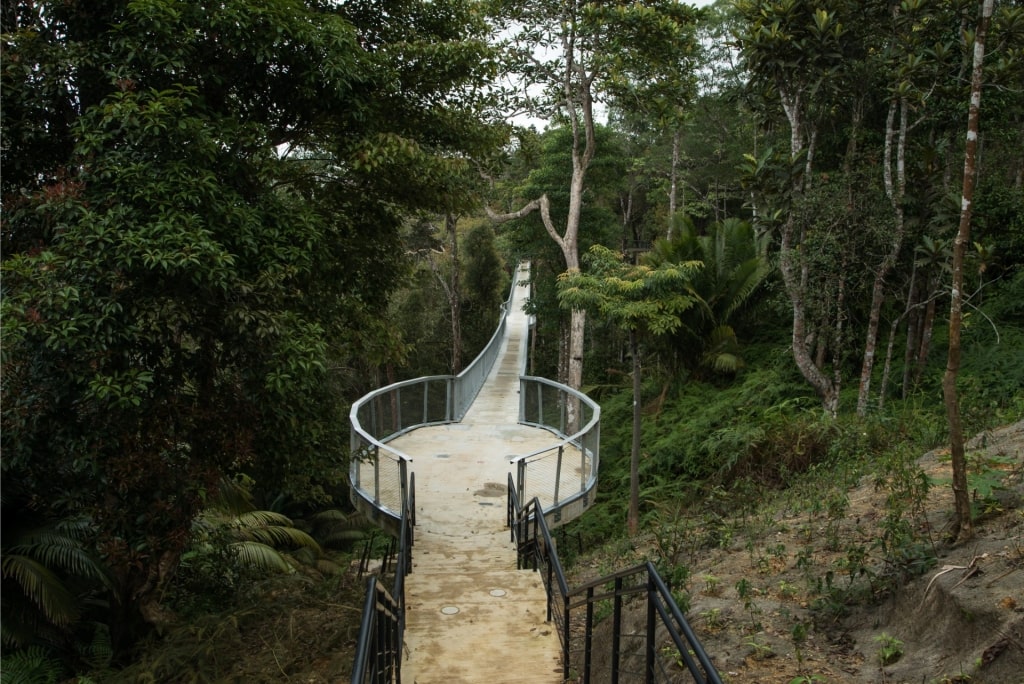
Penang Hill
Wandering through the dense rainforest of Penang Hill, it’s sometimes hard to believe that you’re only a stone’s throw from the island’s main city. More than 100 species of birds have been spotted in this impossibly lush jungle. Look for mischievous dusky leaf monkeys and the occasional greater racked-tail drongo, a large black bird with a long tail, in the trees.
For amateur botanists, this biodiverse haven is a paradise. Keep your eyes peeled for all sorts of brilliantly hued tropical blooms, including the rare Penang slipper orchid. Well-maintained walkways make it easy to explore on your own with a pair of binoculars. If you’re looking to learn more about this remarkable habitat, you may want to try a free guided nature walk.
Stroll Around the Penang Botanic Gardens
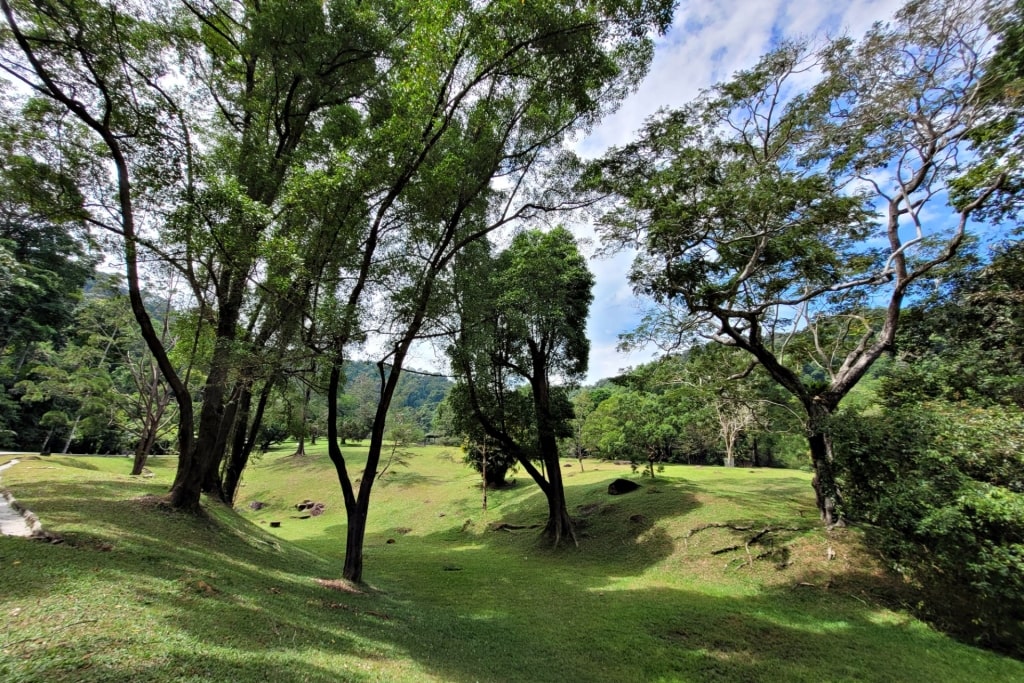
Penang Botanic Gardens
When visiting Penang Hill, be sure to check out the stunning Penang Botanic Garden at its base. First opened in 1884, this emerald oasis was modeled after beautifully manicured English gardens. Like Penang Hill, the gardens are part of a UNESCO Biosphere Reserve in recognition of their astonishing level of biodiversity.
Keep an eye out for giant black squirrels, which are easy to spot thanks to their golden underbelly fur, and macaques swinging from the treetops. Black lilies, pinang palms, and hundreds of other plant species can be admired here.
Read: Best Places to Visit in Asia
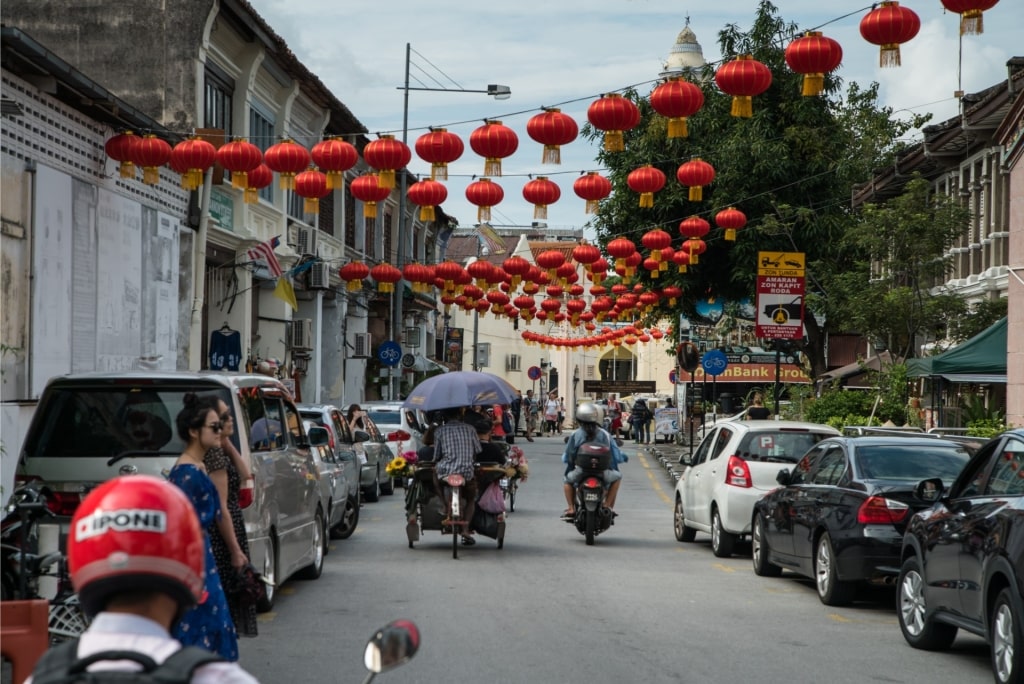
Penang
Discover the best of what Penang has to offer on a voyage with Celebrity. Browse our cruises to Penang and plan your Asian adventure.
